Nickel Chromium Sputtering Target Description
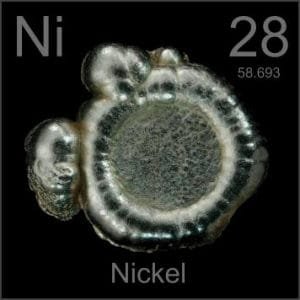
Related Product: Nickel Sputtering Target
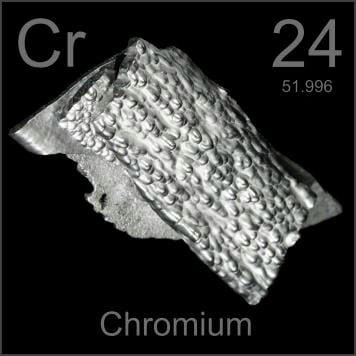
Related Product: Chromium Sputtering Target
Nickel Chromium Sputtering Target Specification
| Compound Formula | CrNi |
| Appearance | Silver-gray |
| Melting Point | 1400 °C |
| Solubility in H2O | Insoluble |
| Available Sizes: | Dia.: 1.0″, 2.0″, 3.0″, 4.0″, 5.0″, 6.0″ Thick: 0.125″, 0.250″ |
Nickel Chromium Sputtering Target Application
Nickel Chromium Sputtering Target Packing
Our nickel chromium sputtering targets are carefully handled to prevent damage during storage and transportation and to preserve the quality of our products in their original condition.


 MSDS File
MSDS File
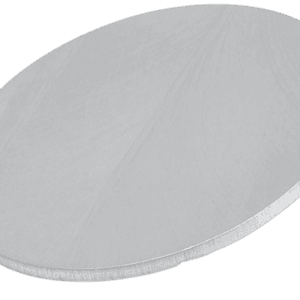
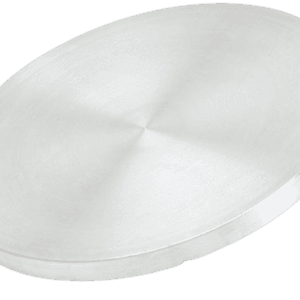
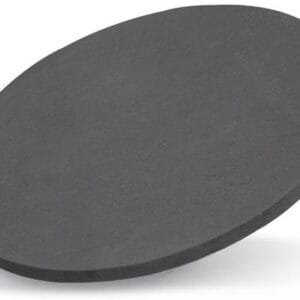
Reviews
There are no reviews yet.